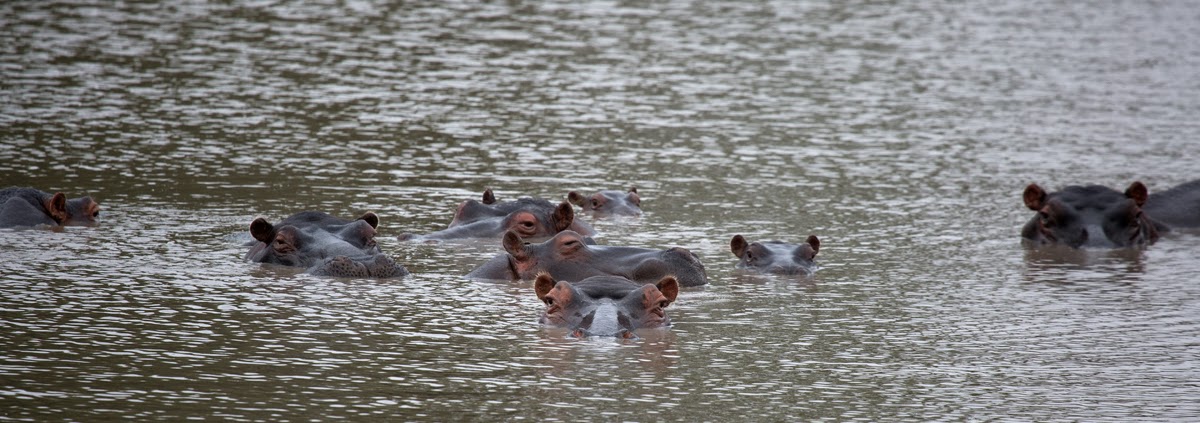Most household insurance packages will cover a basic camera kit only. This rarely extends beyond a DSLR and a couple of kit lenses, a tripod and maybe a bag. But we always need more gear right? A speedlight or two, remote triggers, a big telephoto lens and maybe even some video gear. That's what photographers do, right?
Insuring that ever growing pile of valuable gear will cost a packet in extended insurance premiums. Sure, this might be worth the (considerably) added expense if travelling, but at home there's a way to protect your kit without the need for costly insurance add-ons: buy a safe!
I did this a few years ago - the problem I faced was the size of the safe. Most personal safes are small - big enough for your passport, birth certificate and the gold cuff links an uncle gave you for your 18th birthday. Just big enough for a DSLR body and nothing else. Larger safes are very heavy, cumbersome and cost a lot of money. I found the best solution was to buy a rifle/gun safe. These measure around 30 x 30 x 120cms, are made from high grade steel with one or two heavy bolt locks on the door, have reinforced hidden hinges and, in some models, come with a separate (ammo?) compartment and door.
 |
| Close up of wooden shelving - the side panels were cut from left over melamine shelves from another project. Almost any timber would do. |























